Jessica Williamson, Hay and Forage Specialist, AGCO
Ruminant livestock have a unique digestive system that requires roughage, most commonly in the form of forages, to digest feedstuffs. As livestock grow, mature, and go through various phases of production, their nutritional needs change as well. Ensuring optimal animal performance – whether that be growth, lactation, or gestation – requires optimal nutrition that meets or exceeds their dietary requirements at a given stage of life.
Knowing the nutritional value of the feedstuff being fed to livestock is an often overlooked but critically important aspect of livestock management, especially if the diet is primarily forage-based. Testing the feeding quality of forages is the only way to know for certain the nutritional value of the feed.
After learning the nutritional value of a forage, the next step is to understand what stage of production the livestock are in, what the goals are for the operation, and what plane of nutrition is necessary to achieve these results. While livestock nutrition is a deeply comprehensive discipline, this article will focus on a few different primary constituents to help identify livestock nutritional needs and assist in determining whether a forage will meet those needs.
What do your livestock need?
Generally, younger, growing livestock and those in peak lactation require more nutrients than those in other stages of production, such as maintenance and gestation.
Managing when a forage is harvested can help target the stage of growth to have a particular desired forage quality. Generally, as plants mature, the forage quality declines. So livestock that require a higher plane of nutrition can have their nutrient requirements met with younger, less mature forages (Figure 1.).
Ruminant livestock have a four-compartment digestive system. The largest compartment, the rumen, is a large anaerobic fermentation vat that requires roughage (fiber from forages), energy, and protein to feed the microorganisms. The microorganisms produce a byproduct from the fermentation process, called volatile fatty acids (VFAs), which are then used as energy for the animal itself. Without a healthy functioning rumen, the animal cannot perform adequately, and resulting in poorer overall animal productivity.
Ensuring the digestibility and protein of the feed is at a level that meets the nutritional requirements of the animal helps to certify that it can consume enough forage to perform.
How to measure the nutritive value of your forage
Some basic nutritive value parameters to monitor when feeding forages include the fiber and protein components.
Neutral detergent fiber (NDF) is the sum of all the plant cell wall (fiber) components. The microbes within the rumen have the ability to break down some of the fiber components found within the plant into a usable form of energy. Neutral detergent fiber is inversely correlated with intake – as NDF increases, the animal’s ability to consume feed declines.
Acid detergent fiber (ADF) is made up of lignin and cellulose. ADF is inversely related to digestibility – as ADF increases, the digestibility of the plant declines. As the plant matures, both NDF and ADF increase, making the plant less suited to meet the needs of young, growing stock or livestock in peak lactation.
Relative feed value (RFV) is a calculated value that takes into account NDF and ADF to derive a value that encompasses digestibility and intake potential of the forage. This index can be used to compare similar forages and use the index to match forages to classes of livestock in various stages of production. RFV does not take protein into account.
Crude protein (CP) is a calculation of elemental nitrogen present in a feed multiplied by 6.25, as proteins generally are comprised of 16% nitrogen (100/16 = 6.25). Crude protein encompasses all protein consumed, but does not tell site or rate of degradation and is critical for growth and metabolism.
Total digestible nutrients (TDN) is a calculated value of the sum of the energy constituents of the feedstuff by assessing the digestibility of the organic matter. The TDN equation takes into account fiber components and protein, deriving a value that depicts the overall digestibility of the components of the feed that have an energy value. Matching TDN to the livestock’s nutritional requirements ensures that the digestibility, intake potential, and protein level of a forage are adequate to support targeted animal performance.
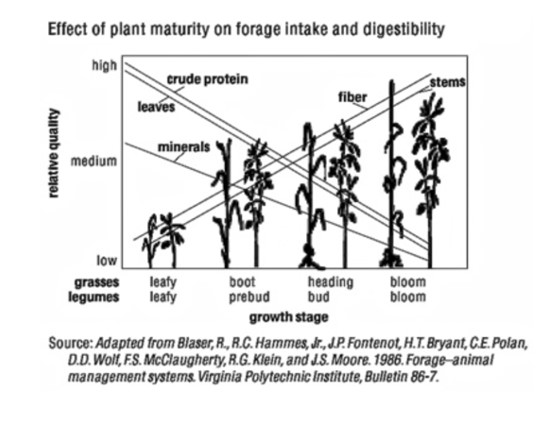
Figure 1. Effect of Plant Maturity on Forage Intake and Digestibility
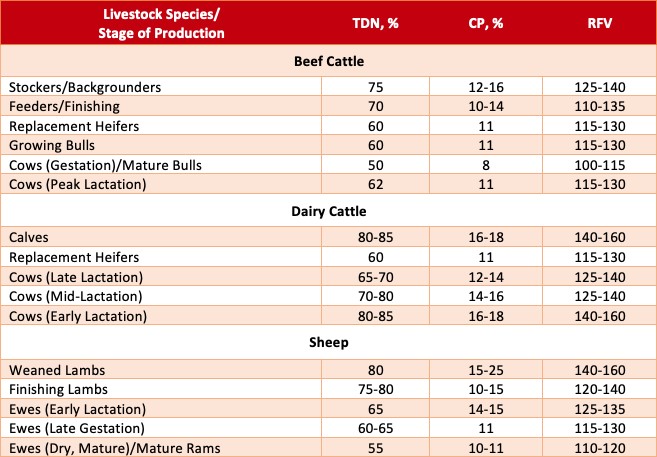
Figure 2. Total digestible nutrients (TDN), crude protein (CP), and relative feed value (RFV) requirements for livestock at various stages of production.
*Many factors go into diet formulation, including but not limited to size of animal, targeted performance, and livestock genetics. These values are intended to be used as a baseline for reference to match your forage quality to livestock nutritional needs in various stages of production.
How Massey Ferguson hay equipment can help
Targeting the best time to harvest forages based on projected nutritional value is one of the first steps to ensuring optimal forage quality. Harvest management and reducing harvest losses play a key role in conserving the available nutritive value in forages.
At Massey Ferguson, we understand how important it is to feed livestock quality nutrition through quality hay. Hesston by Massey Ferguson hay tools help to reduce harvest losses through cutting edge technology.
Our TwinMax double conditioner on the self-propelled windrower dries hay faster to reduce respiration losses and reduce time in the field to baling. Our rotary rakes create a light, even windrow without roping that lays on top of the forage stubble, allowing for airflow through and under the windrow, further reducing the dry-down time. Our balers save time and preserve forage quality by efficiently packaging forage crops and reducing leaf loss during the baling process.
Matching your forage quality to your livestock’s nutritional needs can help improve overall animal performance, and understanding their requirements, targeting harvest time, and reducing harvest losses are all keys to your success!
Agronomist Bio
Dr. Jessica Williamson is the hay and forage specialist for AGCO. Jessica’s expertise is in forage quality, management and production, as well as ruminant nutrition and the plant-animal interaction. Jessica is responsible for designing and conducting field tests on hay and forage equipment; educating AGCO personnel and customers on forage management, production and livestock nutrition; and working with the Green Harvest team on ongoing forage projects.

Jessica holds a Bachelor of Science degree in animal science from Morehead State University (Morehead, Ky.); a Master of Science degree in animal science (ruminant nutrition) from the University of Arkansas (Fayetteville, Ark.); and a Ph.D. in plant and soil science (forage agronomy) from the University of Kentucky (Lexington, Ky.). Jessica is originally from a cow-calf operation in western Maryland.


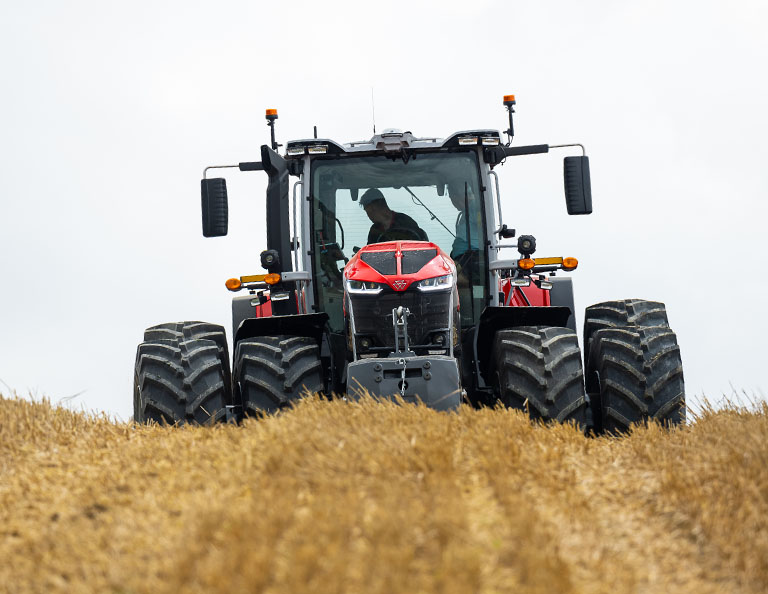
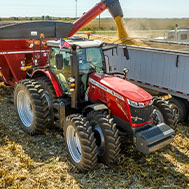
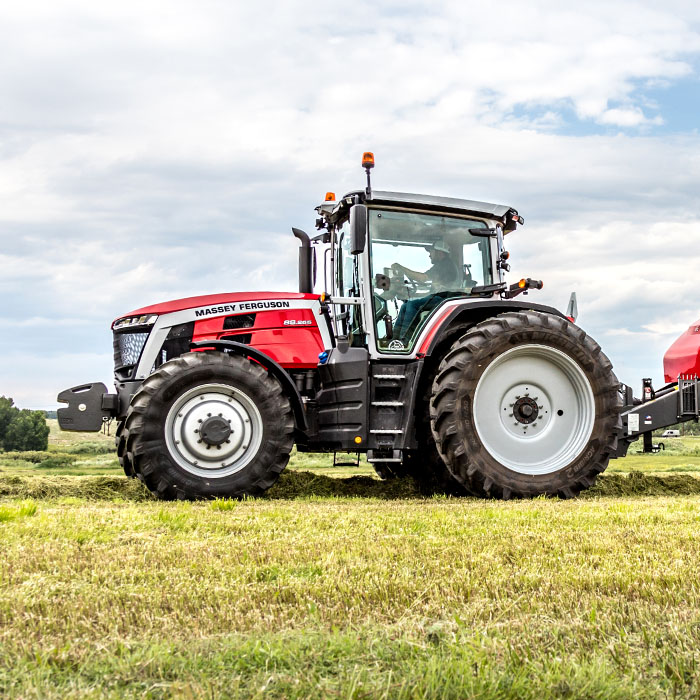
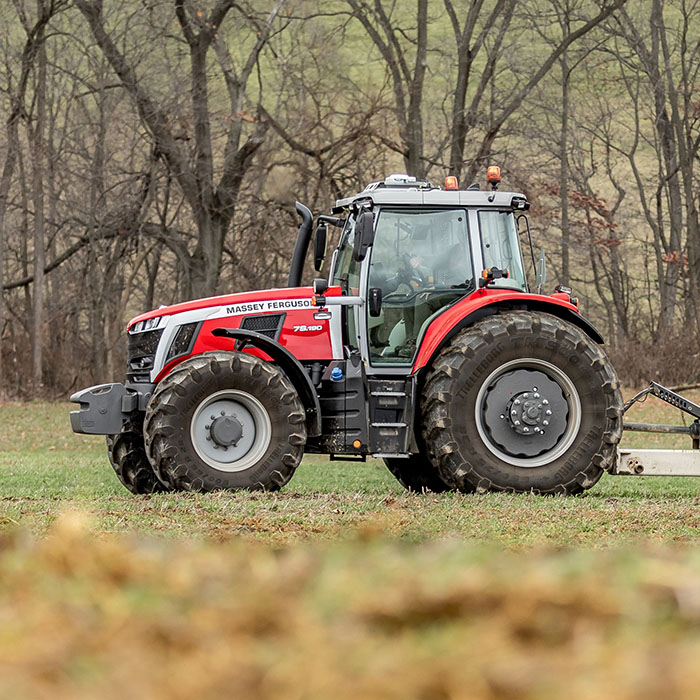
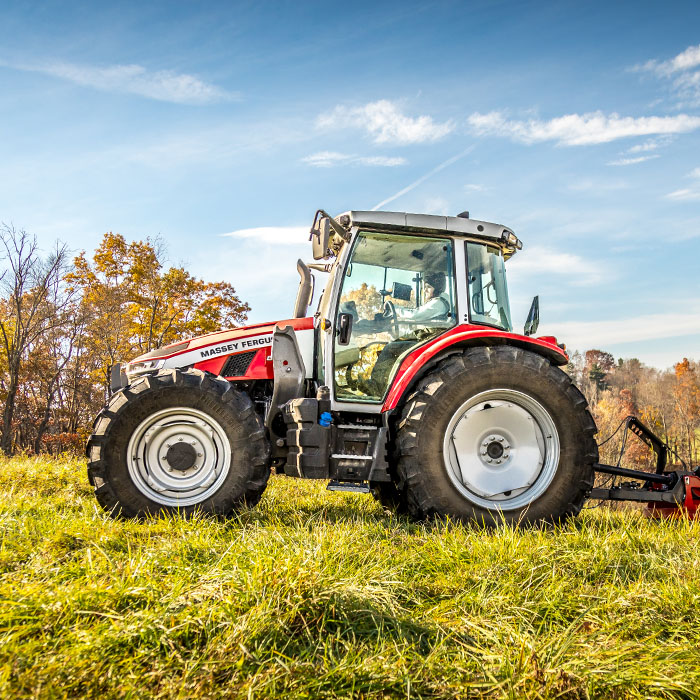
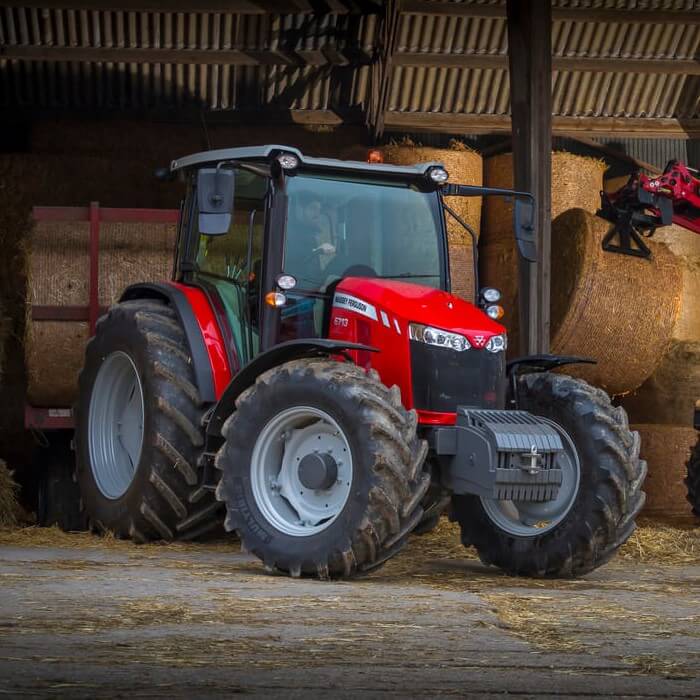

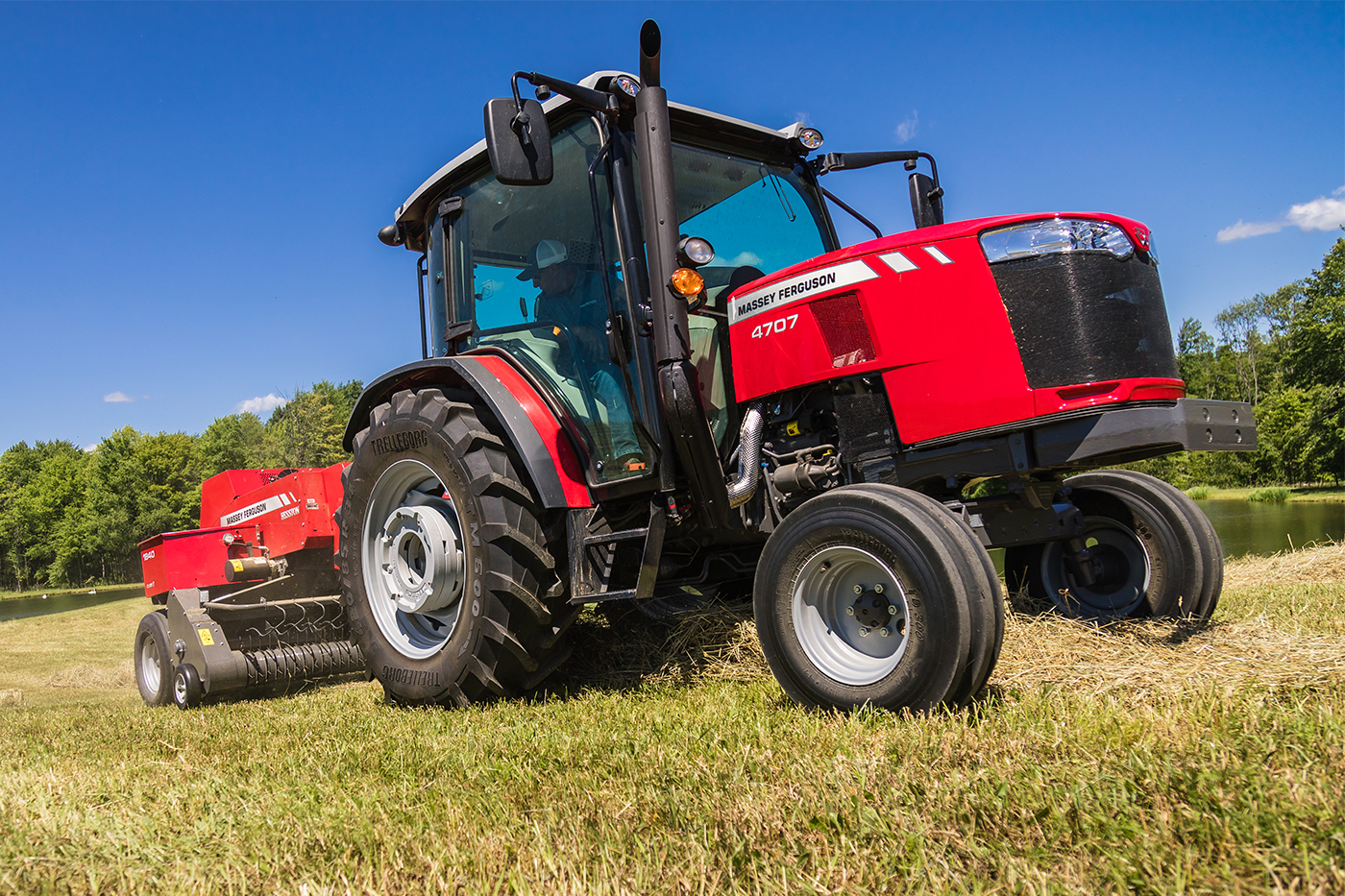

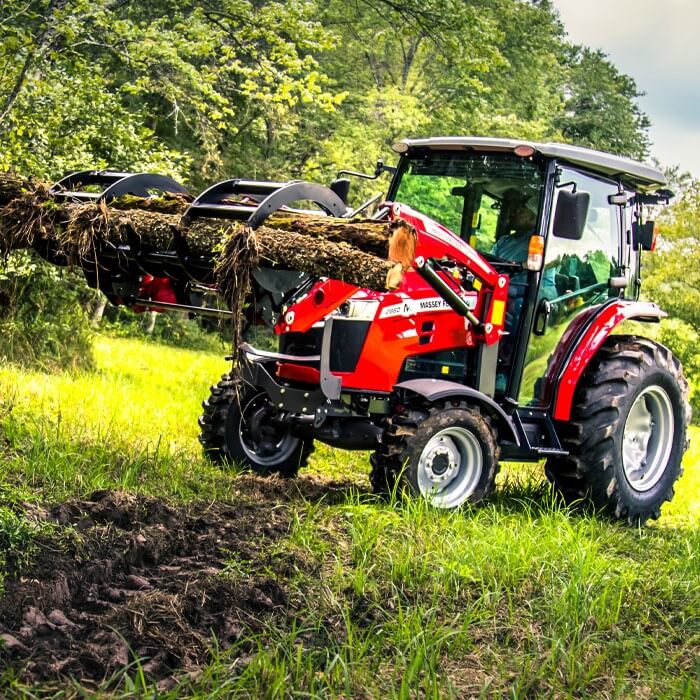

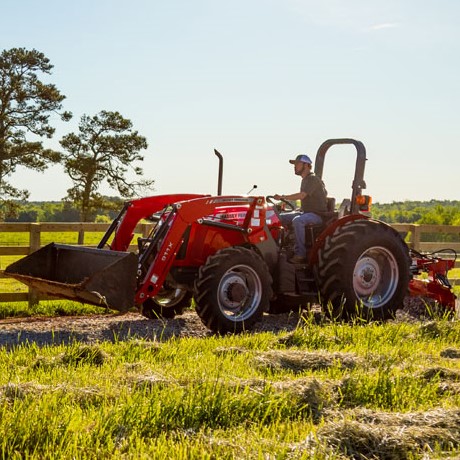



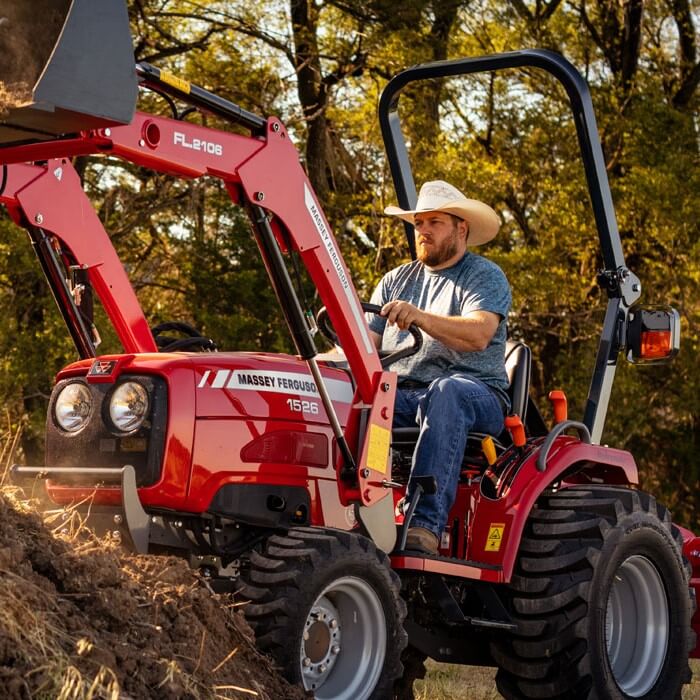
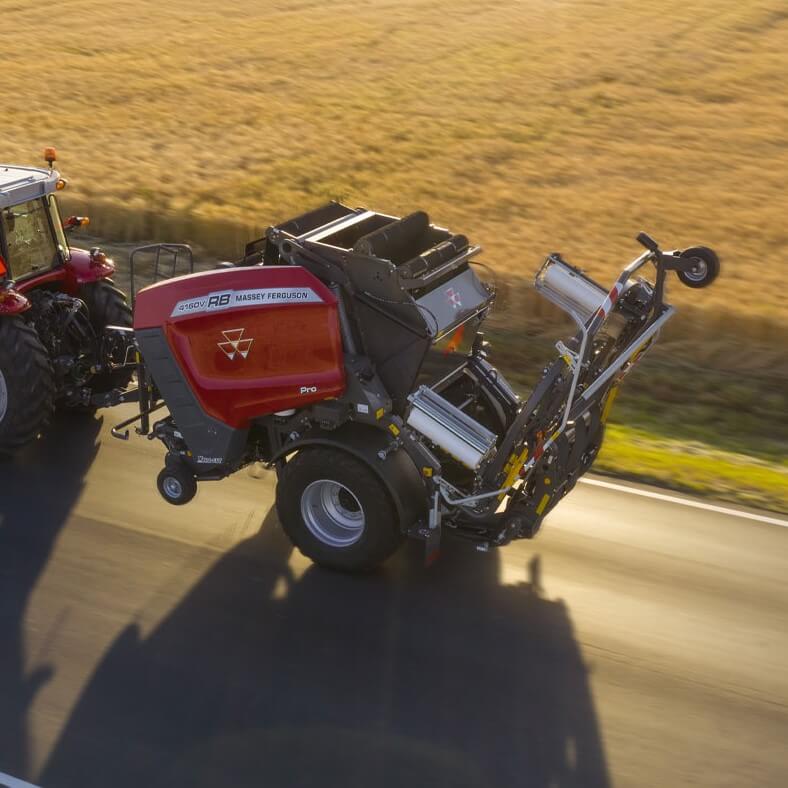
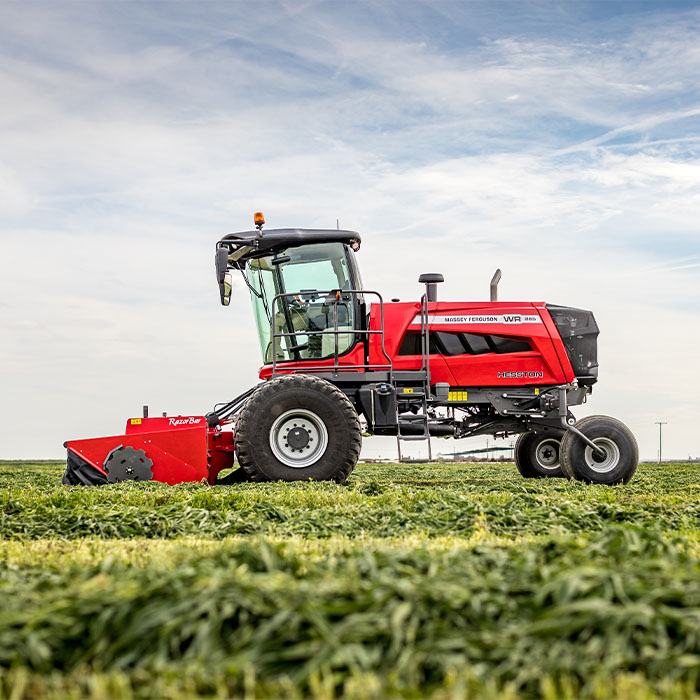
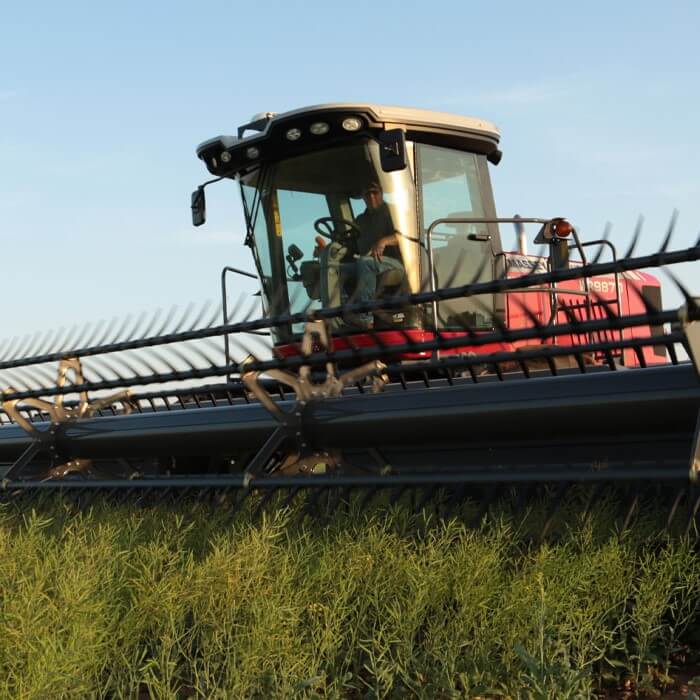
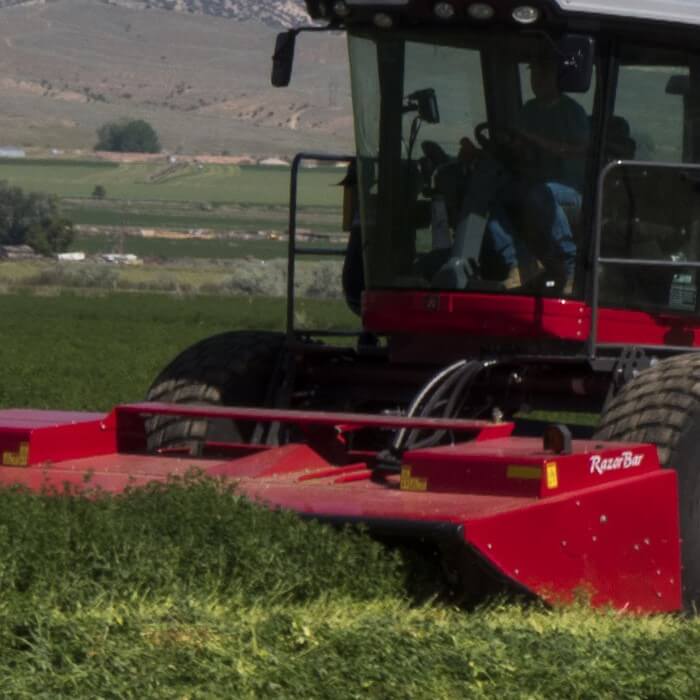
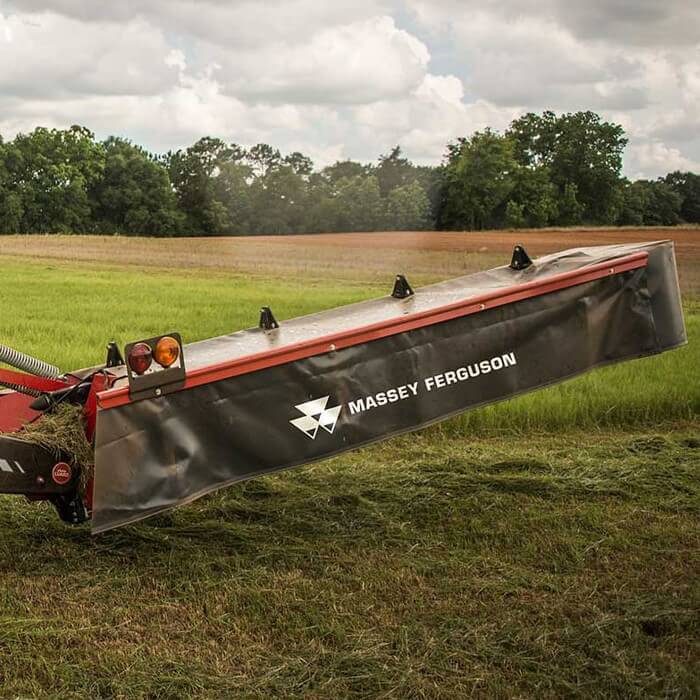
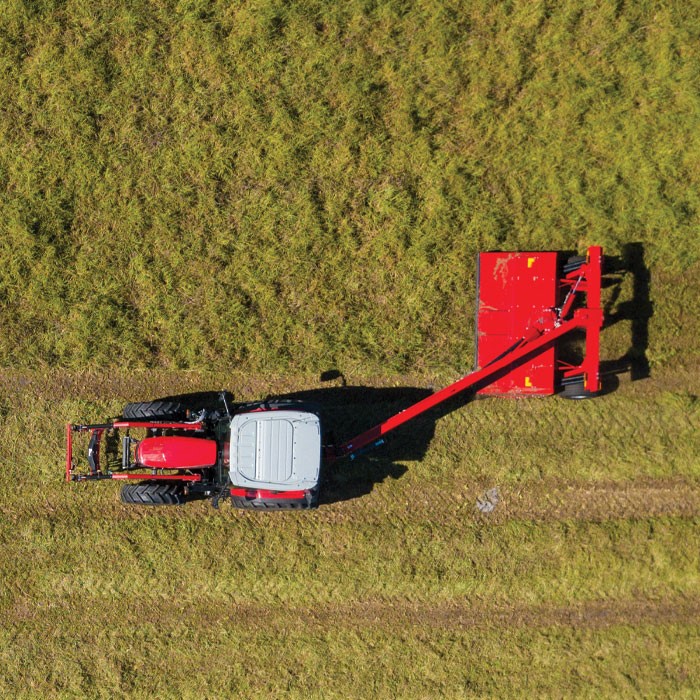
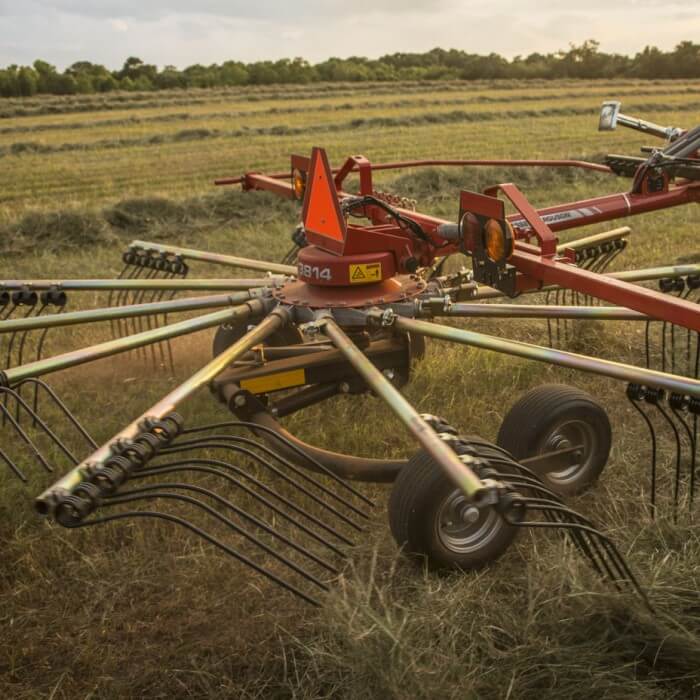
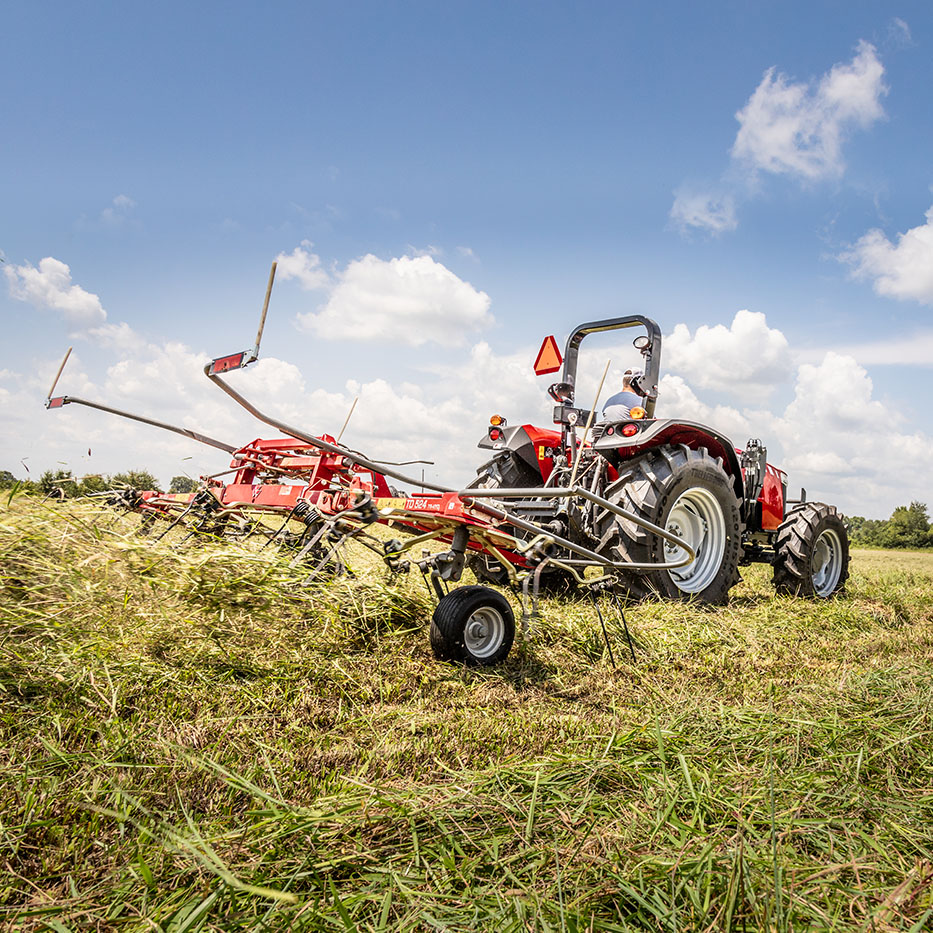
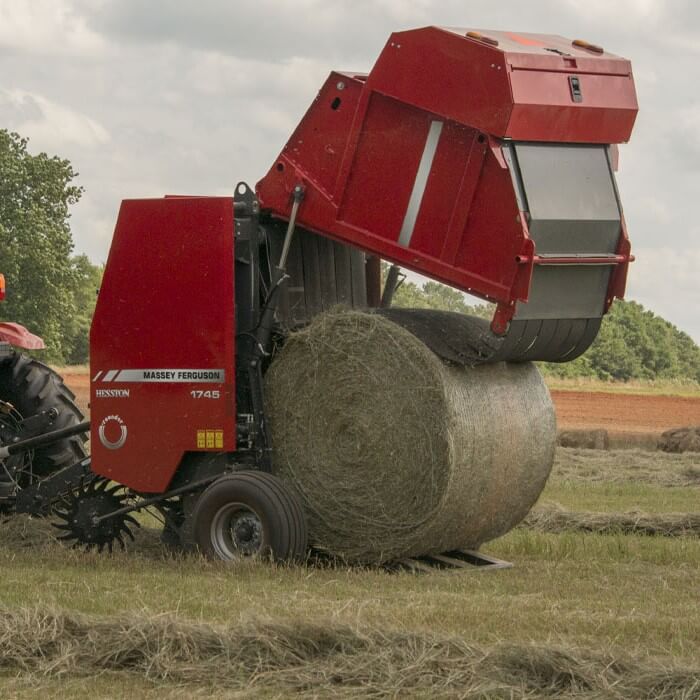
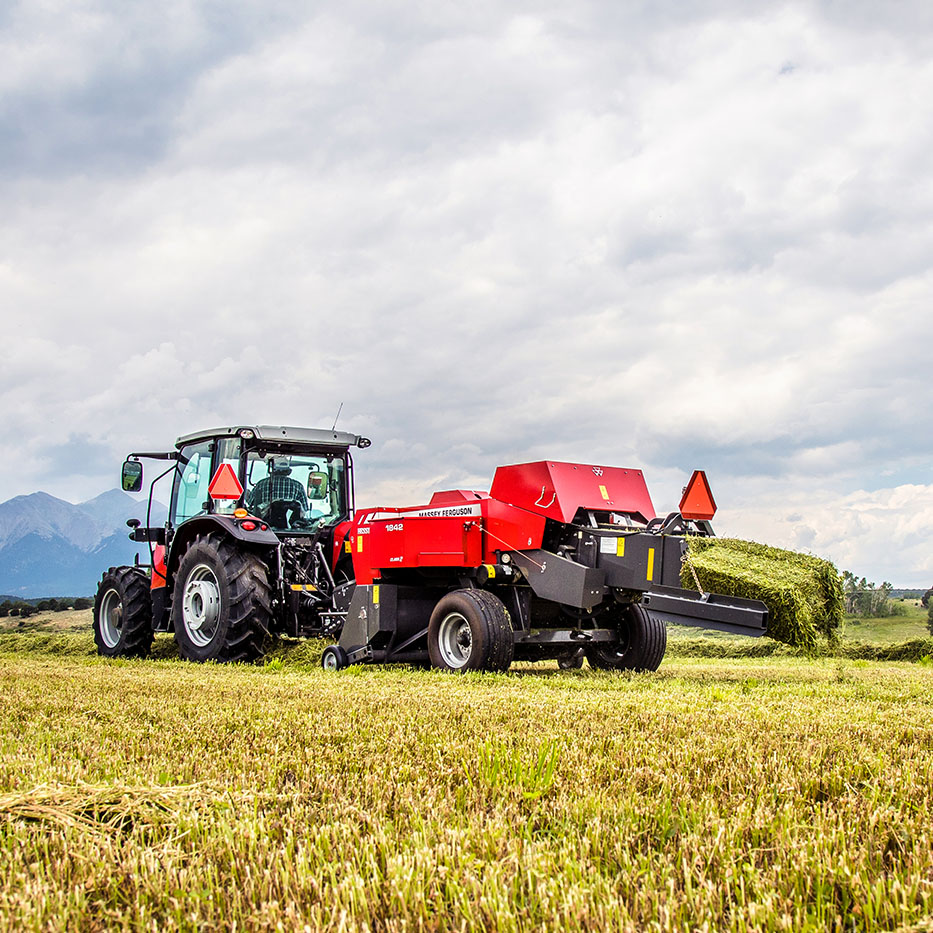
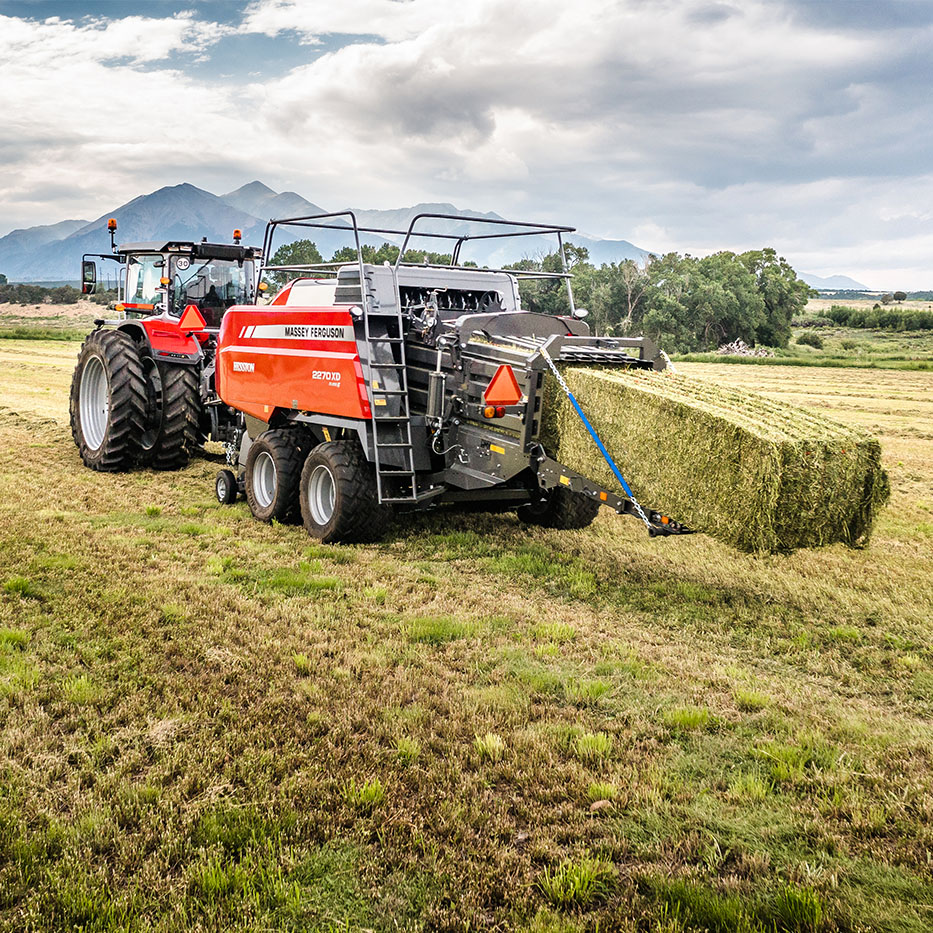
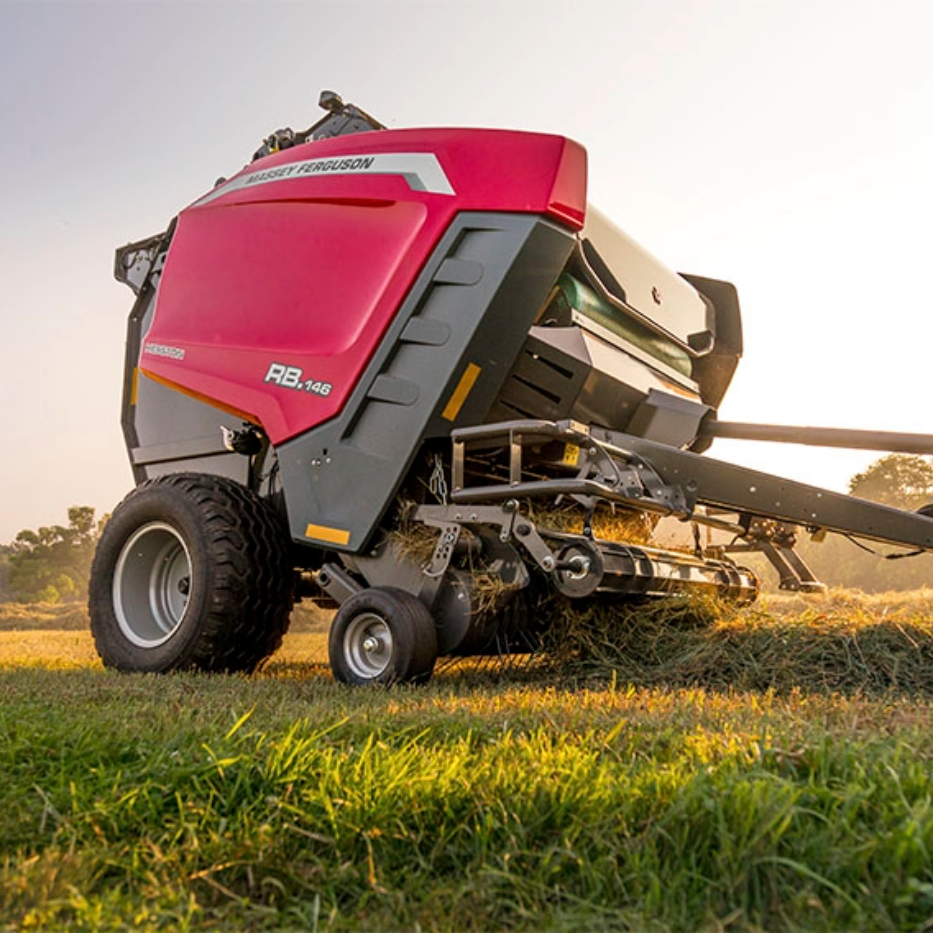
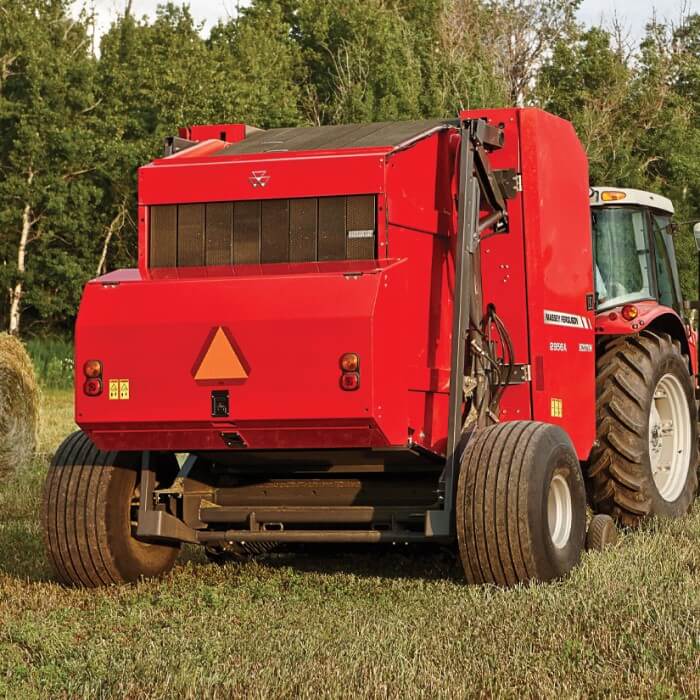
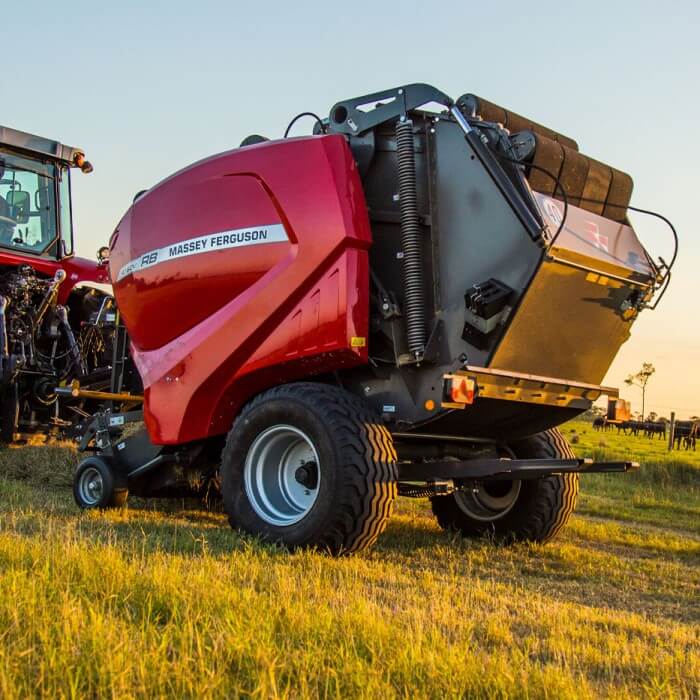
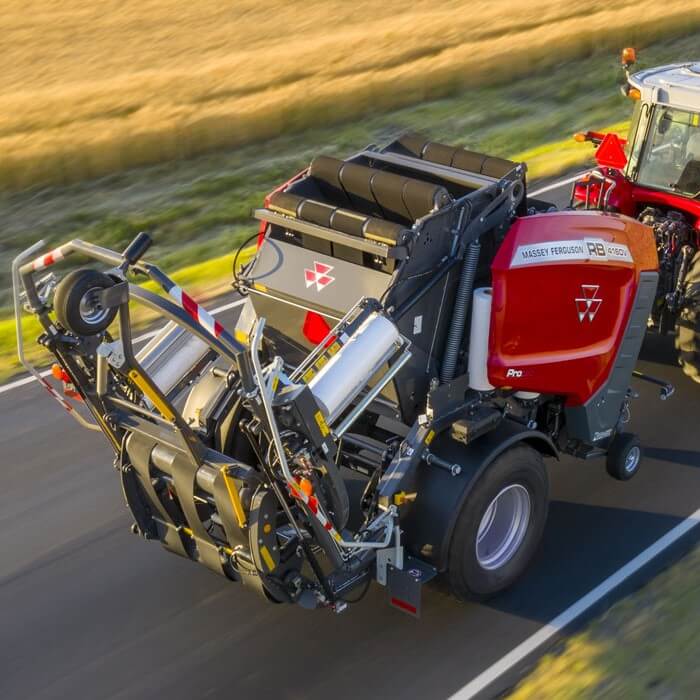
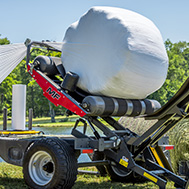

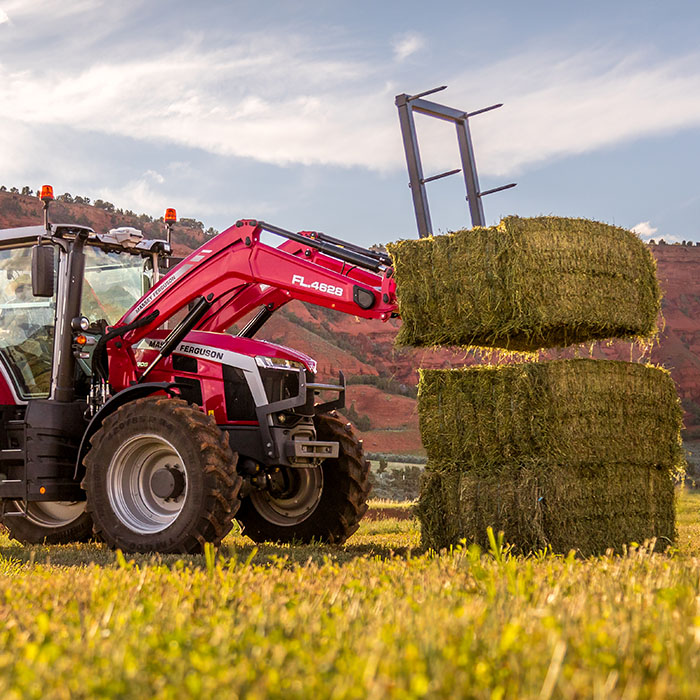
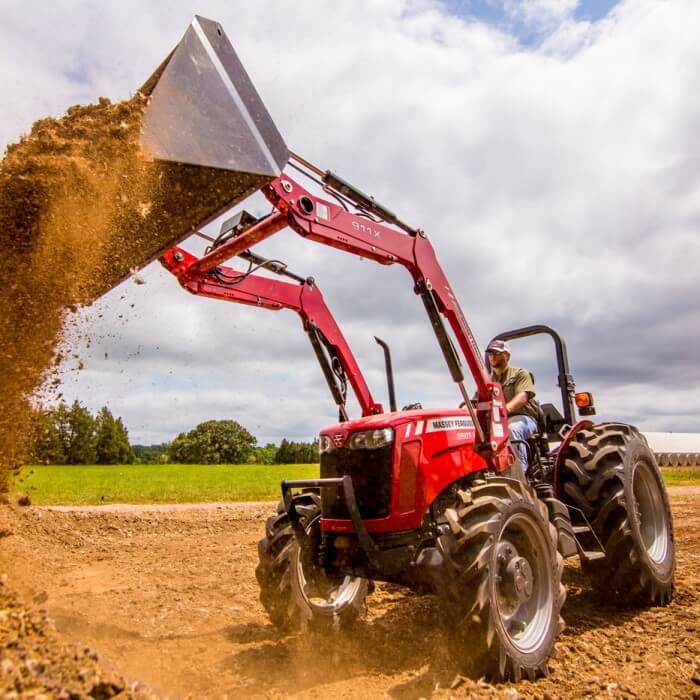

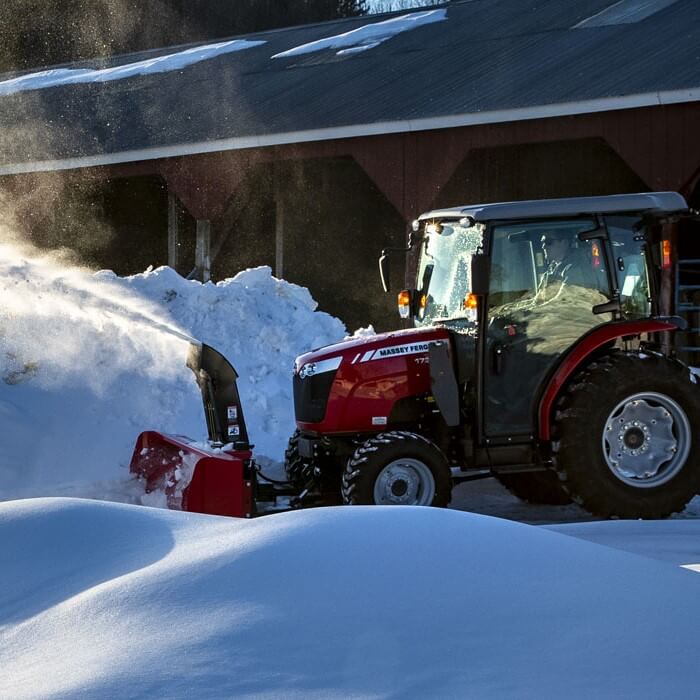
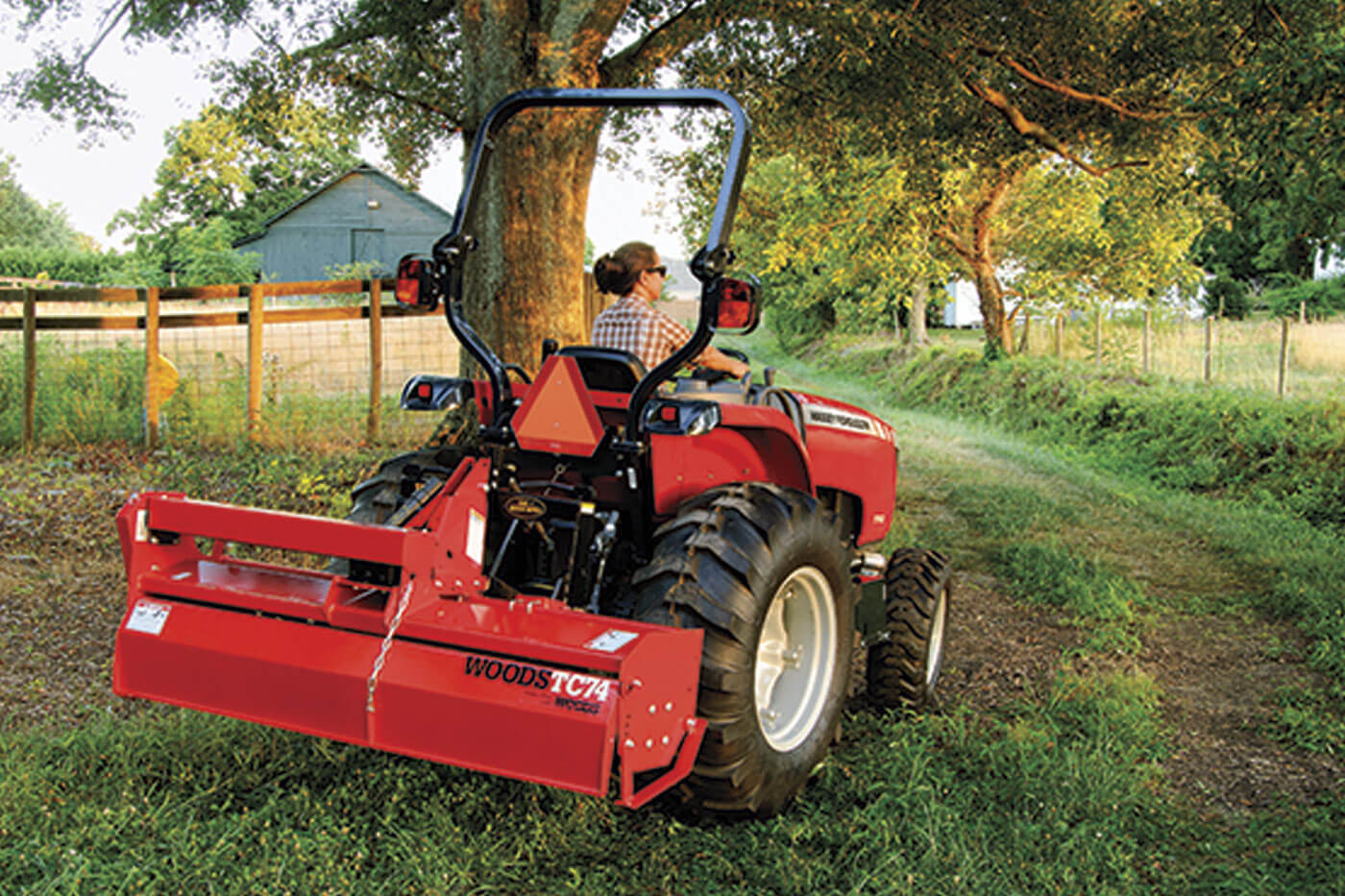

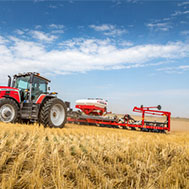
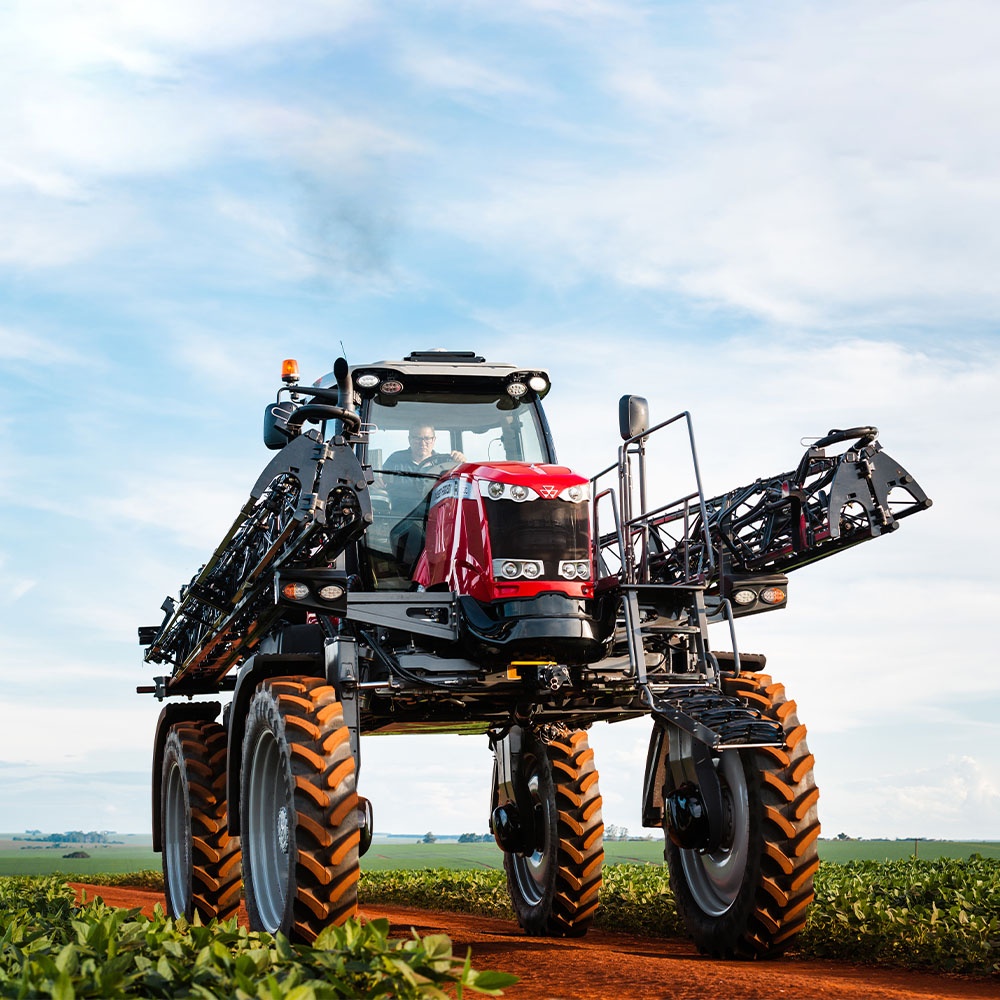

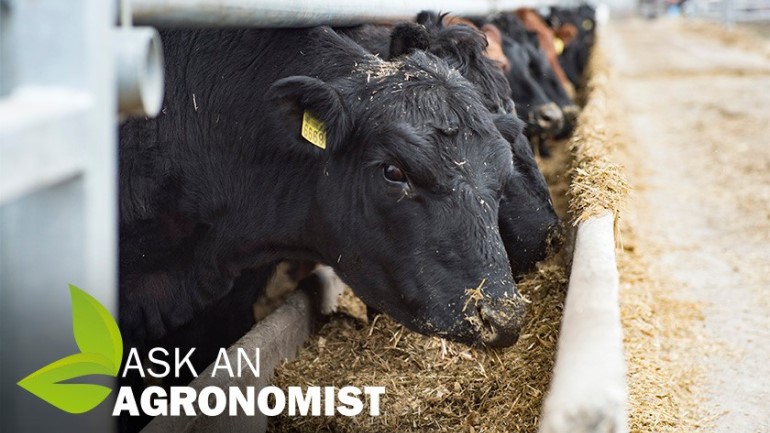
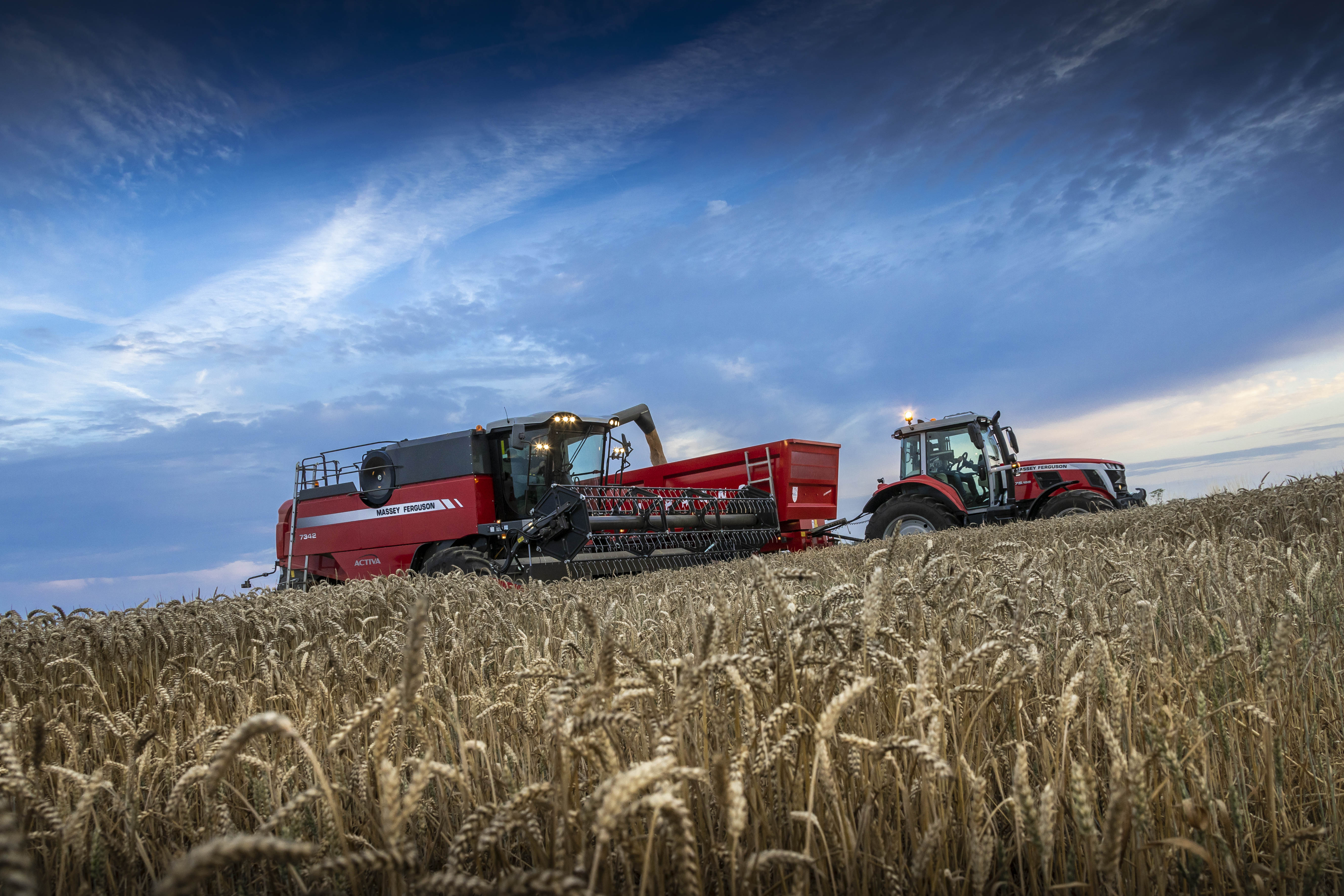
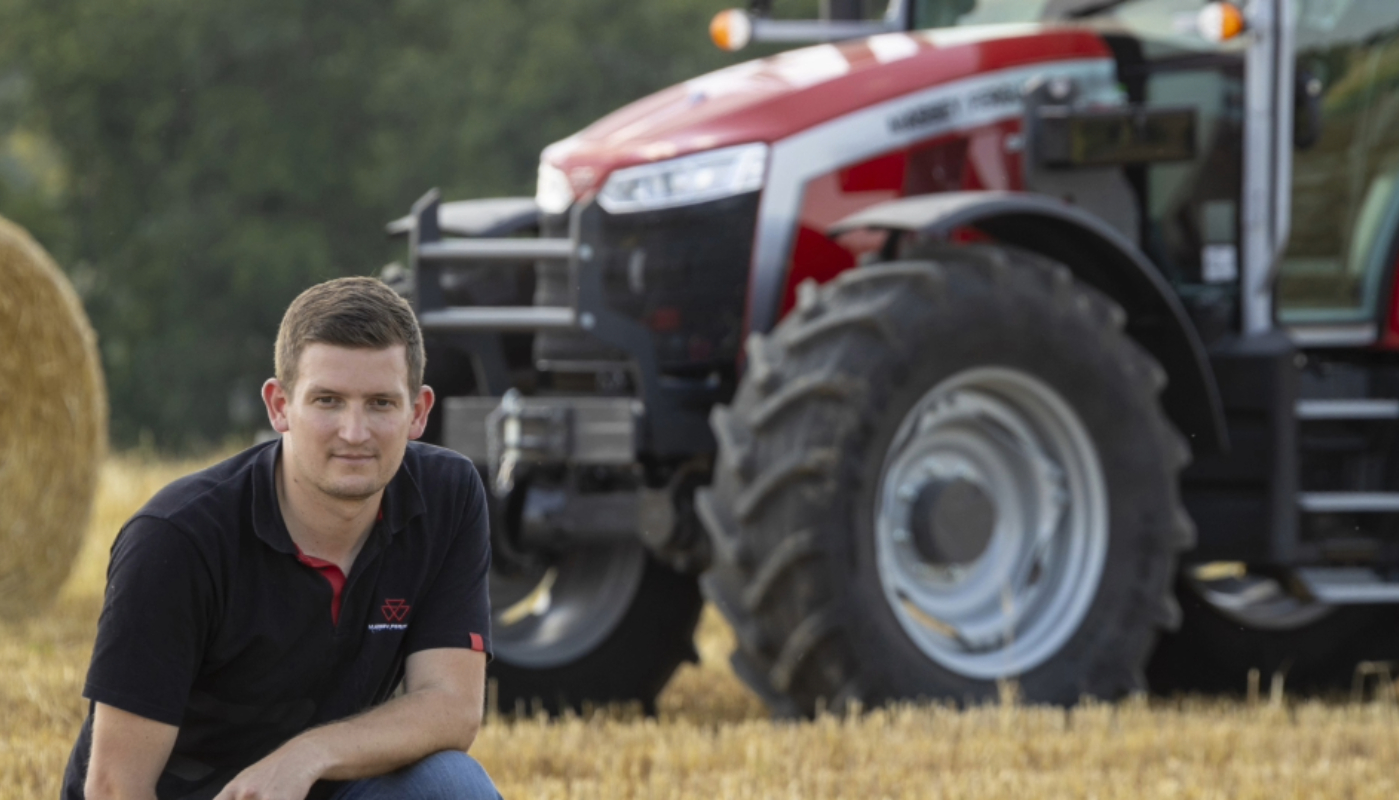
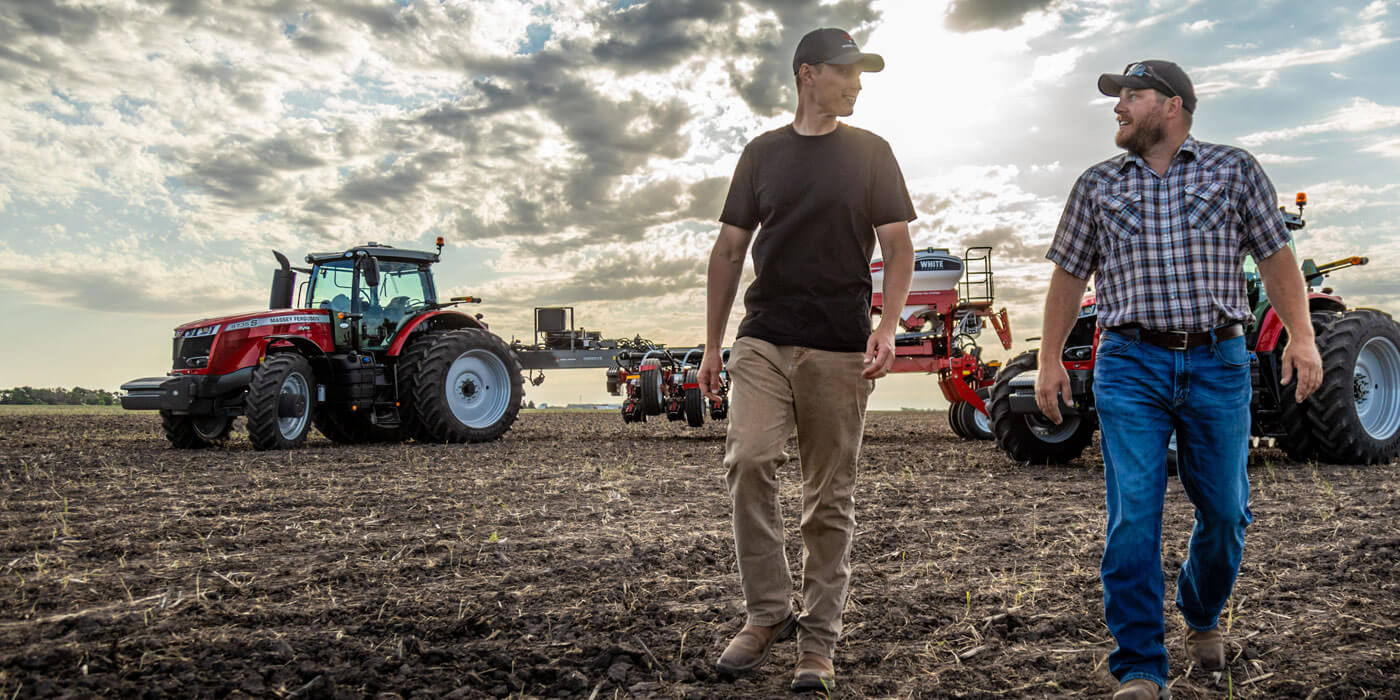
Share